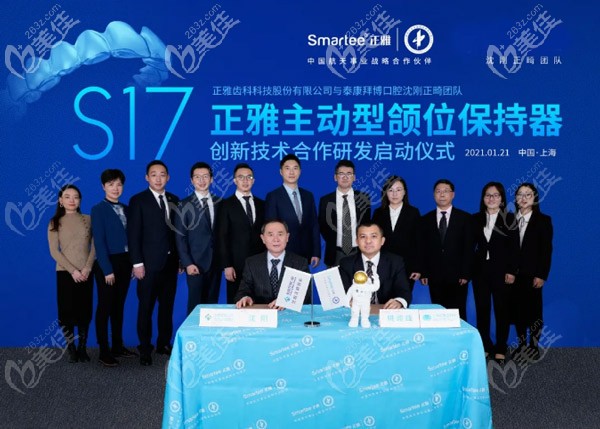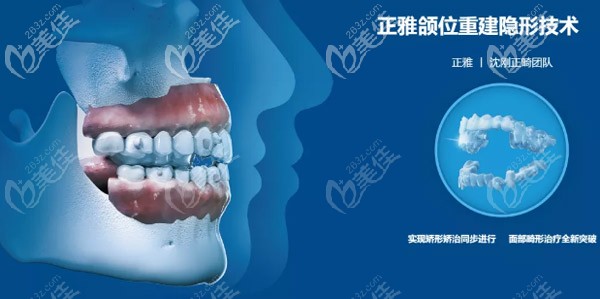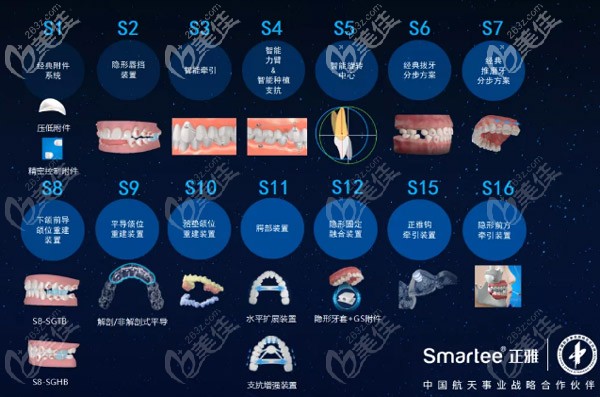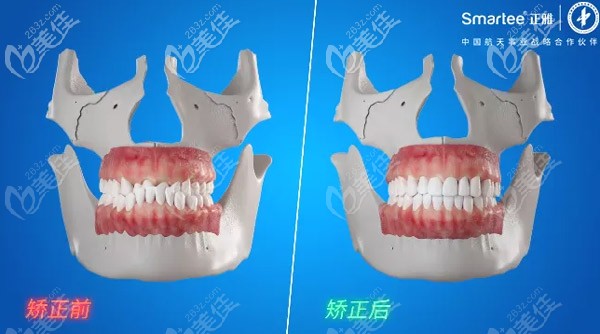Shen Gang's orthodontic team and Zhengya Group started the Zhengya Active Position Retainer S cooperation project and held a grand launching ceremony at the scene.

At present, the concept of S8, S9, S10 jaw reconstruction and correction has been applied in orthodontic clinic, providing an accurate and effective solution for Chinese malocclusion deformity with jaw position factors.
However, it should be noted that both traditional orthodontics and invisible orthodontics are very important to maintain after treatment. The existing maintenance plan is to stabilize teeth by stabilizing periodontal reconstruction on the basis of passive surrounding or covering.

The development of S17 jaw type retainer can effectively stabilize the mandibular position and the relationship between the maxilla and dentition. It is also an important independent original technology in the clinical field in China.

Compared with Europe and the United States, there are two difficulties in the malocclusion of Chinese people: one is the serious tooth deformity, but the related factors are more complex. Traditional classification on time is difficult to accurately express the oral condition of Chinese people. The S8, S9 and S10 plans all use the jaw reconstruction technology, which fills the technical gap in the field of jaw reconstruction in the domestic heterosexual orthodontics.

S8 is divided into SGHB and SGTB. Mandibular advancement is used for facial deformity. SGHB can effectively improve the facial morphology of osteogenic facial deformities with one deep and two shallow; SGTB is aimed at jaw position and mixed facial deformity. Mandibular guidance is accomplished by reconstruction of the jaw position. Tooth extraction can be avoided to a great extent.

S9, as a flat guided jaw reconstruction device, can be vertically opened and deeply covered; S10 is used for jaw concave deformity and jaw deviation deformity.
S11 is to expand the invisible orthodontics from dentition to jaw bone, and treat the insufficient maxillary width, especially the non extraction cases of osteogenic protrusion deformity
……












